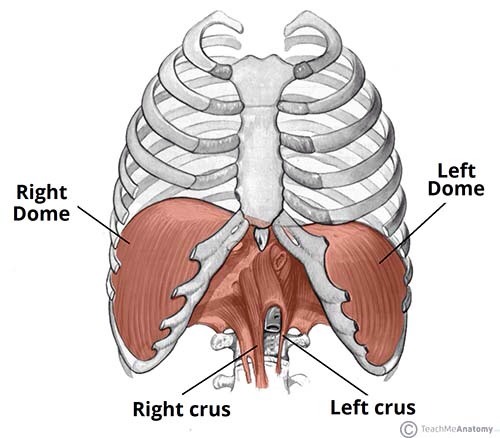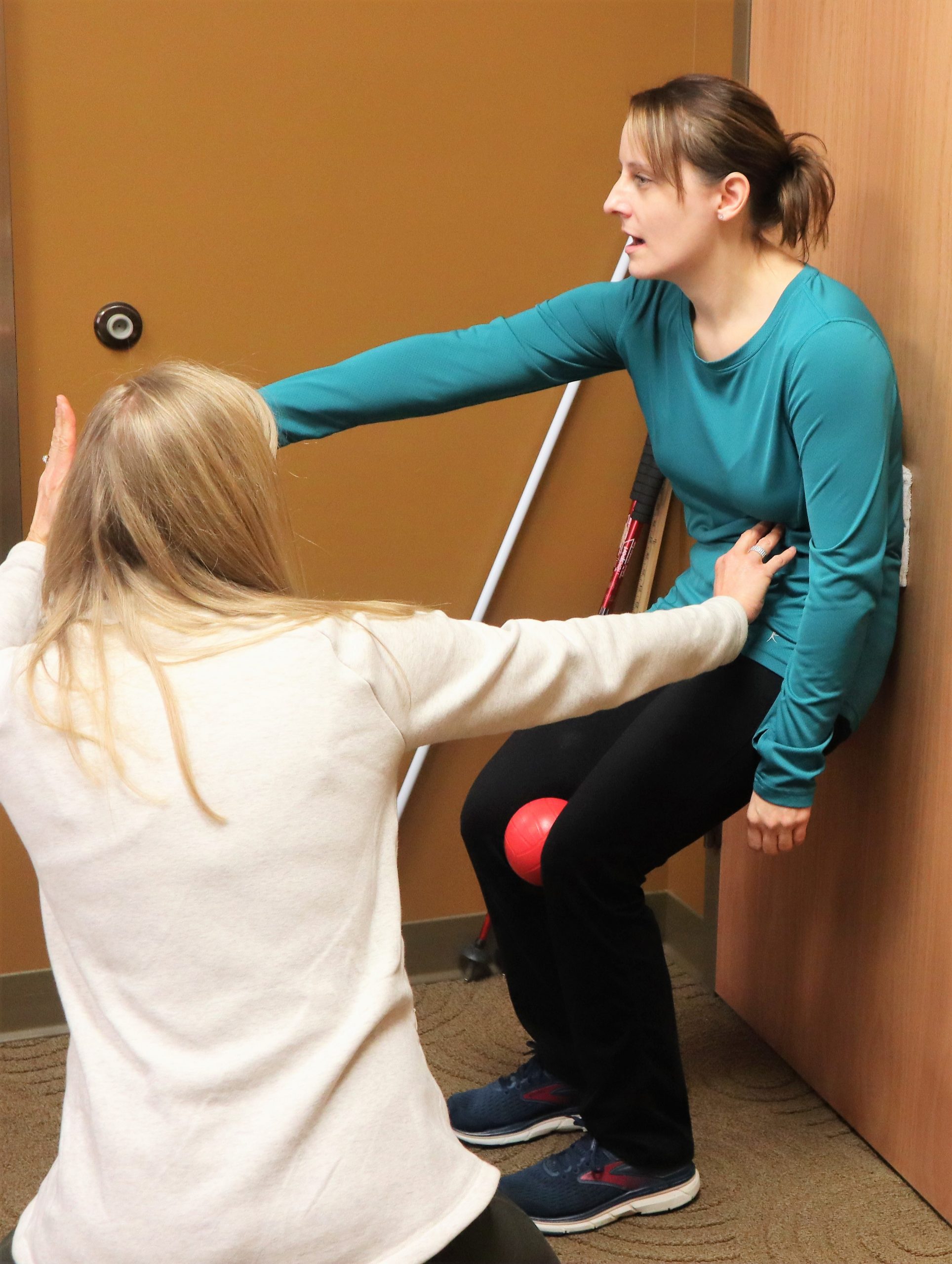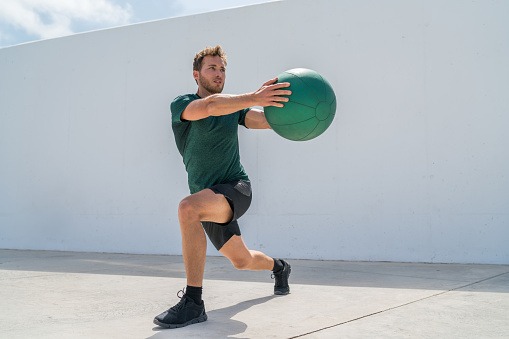So you have made real progress. You can feel your left heel. You can exhale without hiking your ribs to the ceiling. You’re moving better, breathing easier, and sleeping like a human instead of a T-Rex in a thunderstorm. But now comes the next challenge: can you return to the gym without falling into the same patterns that landed you in therapy in the first place?
Welcome to the beautiful chaos of integrating Postural Restoration Institute (PRI) (R) concepts into the gym/weightroom. It’s not about bubble-wrapping fragile bodies; it’s about bridging rehab and strength so that you can become a truly resilient mover. Here are four key ways PRI principles can help that transition:
- Embracing Asymmetry (Instead of Fighting It)
The human body isn’t symmetrical, by now you know and have experienced this. One diaphragm is bigger. One lung has more lobes. Your brain is wired differently on one side vs the other. The sciecne of PRI that is used by the PTs at the Hruska Clinic starts here—acknowledging that our built-in asymmetries are not dysfunction, but design. In the weightroom, this means:
- Not expecting every rep or exercise to look identical left to right
- Building awareness of left vs. right performance differences
- Programming with asymmetry in mind: offset loading, split stances, and purposeful rotations
By honoring asymmetry, you’re not just preventing injury—you’re helping to integrate better neurological control into the workout.


2. Pressure Management is the Game
Strength starts with pressure. Can you control intra-abdominal pressure without defaulting to spinal extension? Can you maintain a neutral pelvis under load without clenching like you’re bracing for impact?
The Hruska Clinic and PRI teaches that the diaphragm’s position drives this. If it’s stuck in an inhaled, extended state, no amount of cueing “core tight” will help. Training the exhale and repositioning the diaphragm allows for:
- Better pelvic alignment
- Functional bracing from the inside-out
- Sustainable strength gains without compromising joints
- Train in Three Planes—Not Just One
Most traditional lifts happen in the sagittal plane—forward and backward. But real life (and real athleticism) happens in three dimensions. Our treatment emphasizes triplanar control—frontal (side-to-side), sagittal (forward-back), and transverse (rotation).
In the weightroom, this might look like:
- Incorporating lateral lunges and rotational med ball work
- Cueing frontal plane awareness even in bilateral lifts
- Using offset loads or single-arm carries to challenge transverse stability
Training in three planes doesn’t just make stronger athletes—it makes more adaptable humans.


- Respect the Nervous System: Warmups and Cooldowns Matter
Sympathetic (fight-or-flight) and parasympathetic (rest-and-digest) balance is a sneaky key to performance. PRI-informed training keeps an eye on that balance—especially during the transitions in and out of training.
A smart warmup can:
- Shift you out of extension (or stuck on the right side) and into neutrality
- Activate appropriate sensory input (think heels, hamstrings, and ZOA)
- Prepare the system for output without overshooting
And an intentional cooldown can:
- Bring the system back down post-lift
- Promote recovery and parasympathetic tone
- Help people sleep, digest, and adapt better between sessions
If you’re skipping these bookends, you might be leaving a lot on the table
Need help with the handoff from PRI table work to real-world lifting? That’s our jam. And we can hook you up with people who can move right beside you to help this transition. Whether you’re a coach, clinician, or curious human, we’re here to help you connect the dots.
🎥 Watch our Cocktails & Conversations Livestream Replay: Our staff sat down and had a candid talk about how we think about this transition
Stay tuned for our upcoming interview with strength coach Chad Beckman, who integrates these PRI principles seamlessly into high-level strength programming. We’ll talk real-life coaching, programming strategies, and how to make the PRI-to-powerhouse transition feel natural and effective.


Recent Comments